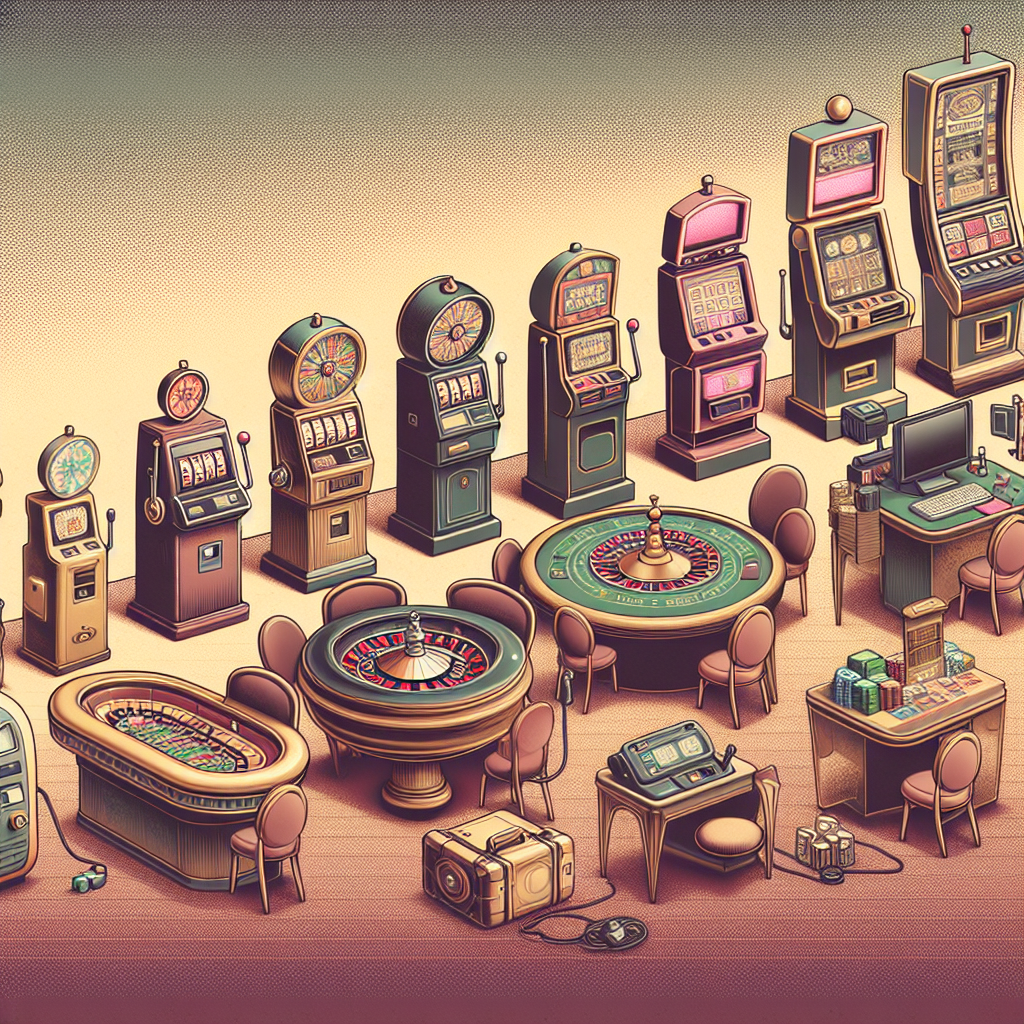Casinos have always been at the forefront of technological innovation, constantly striving to keep up with the latest and greatest advancements in the industry. However, not all technologies have been successful in the world of gambling, with some ultimately failing to deliver on their promises. Let’s take a look back at some of the most notable failed casino technologies through the years.
One of the earliest failed casino technologies was the introduction of electronic card shufflers in the 1970s. While initially hailed as a game-changer for the industry, these automated devices quickly fell out of favor due to concerns over their reliability and the potential for manipulation. Players and casino operators alike found that the machines were prone to breaking down and causing delays in gameplay, ultimately leading to their abandonment in favor of traditional hand shuffling methods.
In the 1990s, casinos began experimenting with virtual reality technology as a means of enhancing the gaming experience for patrons. Virtual reality headsets were introduced to allow players to immerse themselves in a realistic digital environment, complete with interactive games and simulations. However, the high cost of the technology and the limited availability of VR content meant that the concept never gained widespread popularity in the casino industry. Players found the headsets cumbersome and uncomfortable to wear for extended periods, leading to low adoption rates and ultimately relegating VR to a niche market within the gambling sector.
Another failed casino technology that gained some traction in the early 2000s was biometric identification systems. These systems were designed to verify the identity of players using unique physical traits such as fingerprints or facial features, in order to prevent fraud and enhance security. While biometric technology has proven effective in other industries, its implementation in casinos faced numerous challenges, including concerns over privacy and data security. Many players were reluctant to provide sensitive personal information for fear of it being compromised, leading to the abandonment of biometric identification systems in most gambling establishments.
More recently, casinos have experimented with blockchain technology as a means of improving transparency and security in their operations. Blockchain is a decentralized digital ledger that records transactions in a secure and transparent manner, making it ideal for tracking the flow of funds in the gambling industry. However, the complexity of blockchain technology and the regulatory challenges associated with its implementation have posed significant hurdles for casinos looking to adopt this innovation. Many operators have found it difficult to navigate the legal and technical requirements of incorporating blockchain into their existing systems, leading to its limited use in the industry thus far.
While these failed casino technologies may have fallen short of their potential, they serve as a reminder of the importance of careful consideration and testing when introducing new innovations to the gambling market. As casinos continue to evolve and adapt to changing consumer preferences, it is clear that success in the industry requires a delicate balance of innovation and practicality. Only time will tell which technologies will stand the test of time and truly revolutionize the way we experience gambling.

